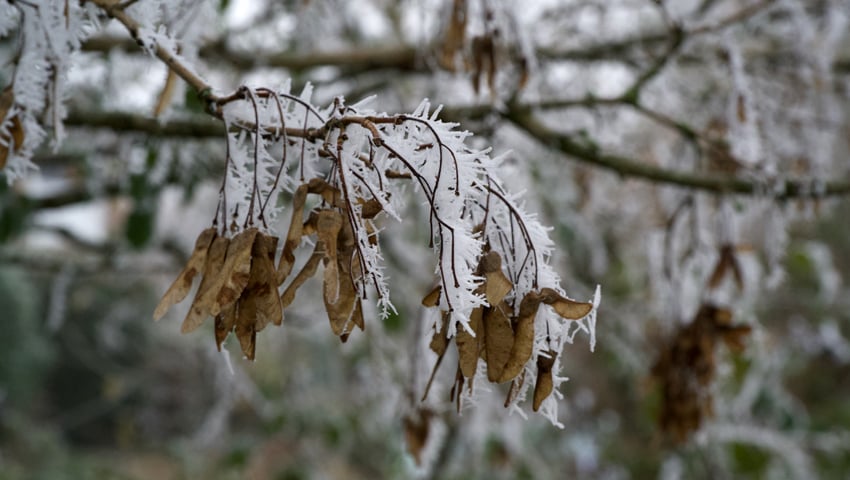An analysis of 3 million species records reveals a surprising truth: non-native sycamore has become the UK’s third most common tree, underscoring the alarming extent of biodiversity loss.
A detailed analysis of National Biodiversity Network data by nature recovery startup Life to Land has revealed that non-native sycamore ranks at number three in the UK’s top 50 most common trees. The top 20 is rounded out by two other non-native species – rhododendron and horse chestnut. The study investigated the relative abundance of 180 UK tree species (native and introduced), from 55 different genera.
A September 2023 UN assessment found that invasive species played a “key role” in 60% of global plant and animal extinctions. And the 2023 State of Nature report suggests that 1 in 6 species are “at risk of becoming extinct in Great Britain”. This underscores the significance of non-native sycamore’s position at number three on the list of most common UK trees, and rhododendron’s number nineteen ranking.
Sycamore is considered a “naturalised” species in Britain, but its large leaves and fast growth outcompete native trees. In a survey of Wytham Woods in Oxfordshire, researchers found that 39 of the 50 tallest trees were Sycamores.
Rhododendrons pose a similar threat, rapidly colonising heathland and woodland floors, costing the taxpayer nearly £4m in control measures from 2015-2022. But landowners are fighting back against the threat of invasives, and are increasingly aware of the benefits of planting native trees.
The top 50 tree list is revealed today by Life to Land, as the startup launches a nature recovery portal for gardeners and landowners.
Like the rest of the guidance on the portal, the list is informed by expert research. The National Biodiversity Network records include citizen science data from apps like iNaturalist. This emphasises the important role of the public in monitoring the health of our ecosystems.
Tree planting is a cornerstone of ecosystem restoration efforts in the UK, and it can offset habitat losses elsewhere due to invasive species. But a typical project includes just 4 or 5 tree species.
In response to this lack of diversity, Life to Land is working to provide landowners with a more complete understanding of the wealth of trees available to plant. The free list incorporates links to buy plants from independent nurseries. A paid list for Life to Land members includes 88 native tree species, with additional information about timber and fruit production.
Chris D’Agorne, founder of Life to Land, said, “At Life to Land, we understand the importance of tree planting in promoting biodiversity, but we also recognise the challenges of finding accurate and reliable information. Our Top 50 UK Trees List is just a glimpse of the huge range of resources Life to Land offers, from funding sources to habitat management guides, video lectures, seasonal activities, magazine content and more.”
D’Agorne said, “Life to Land’s commitment to democratising access to ecological advice extends beyond the release of the Top 50 Native Trees List. With the public beta launch of the platform, landowners and gardeners across the UK can now access a comprehensive suite of resources that enhance biodiversity and productivity on their properties. At just £15/month, this service provides consultancy-quality advice for a previously underserved audience.”
Visit the Life to Land portal here
